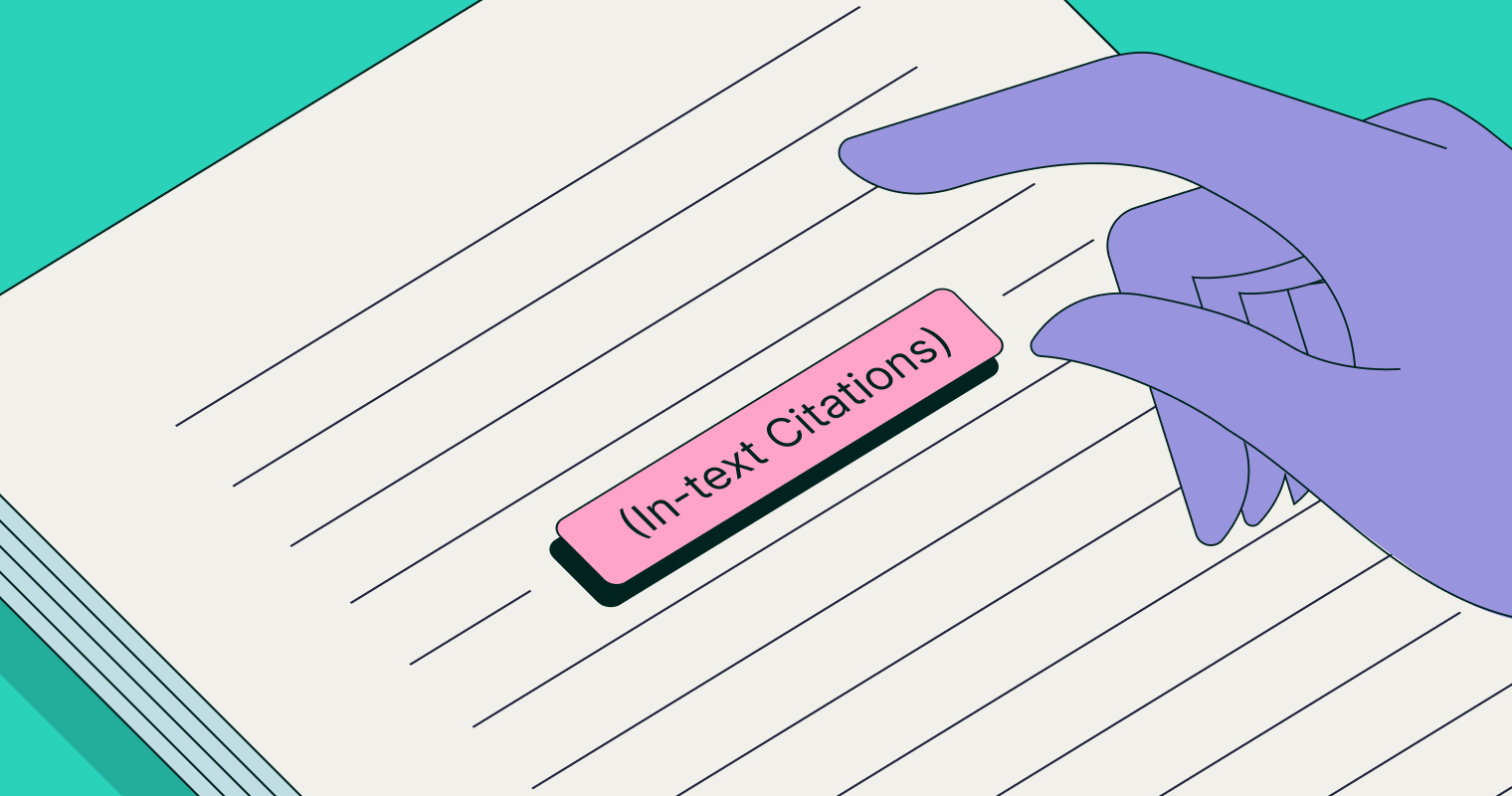Using images from Shutterstock can really enhance your academic work, making it more engaging and visually appealing. But just grabbing an image and tossing it into your paper isn’t enough—you need to give proper credit. Citing Shutterstock images properly not only shows respect for the creators but also keeps your work credible and aligned with academic standards. Whether you’re including a photo in a research project, presentation, or essay, understanding how to cite these images correctly is essential. Don’t worry, it’s simpler than it sounds, and I’m here to walk you through the process step-by-step.
Understanding the Importance of Proper Image Attribution

Why is it such a big deal to cite images properly? Well, for starters, it’s all about giving credit where it’s due. Shutterstock images are created by talented photographers and artists who spend time, effort, and skill to produce their work. When you use their images without proper attribution, it’s like taking credit for someone else’s hard work—that’s not just unfair, it can also lead to serious academic and legal issues.
Proper attribution:
- Respect the creator’s rights: Recognizing the effort behind each image
- Avoid plagiarism: Giving credit prevents accusations of intellectual theft
- Maintain academic integrity: Demonstrates your honesty and attention to detail
- Complies with copyright laws: Ensures you’re legally using the image
In addition, citing your sources correctly helps your readers trace back the original image if they’re interested in exploring more or verifying your work. It’s all about transparency and honesty. So, taking the time to understand how to properly attribute Shutterstock images isn’t just a formality—it’s an essential part of responsible academic writing. Plus, doing it right can protect you from potential legal trouble and boost your credibility as a researcher or student.
Guidelines for Citing Shutterstock Images in Different Citation Styles

When it comes to incorporating Shutterstock images into your academic work, citing them properly is essential to maintain credibility and avoid plagiarism. The good news is that various citation styles have clear guidelines on how to cite images, but each style has its nuances. Let’s break down the most common citation styles and how they handle Shutterstock images.
APA Style: In APA (American Psychological Association) style, images are cited as figures or visual materials. You need to include the creator’s name, year of publication, the title or description of the image, the source (Shutterstock), and the URL or DOI if available. Since Shutterstock images often lack individual creator information, you can cite the image as a whole, including the company as the author if necessary.
- Author/Creator (if available)
- Year
- Title or description of the image
- Source: Shutterstock
- URL or direct link
MLA Style: In MLA (Modern Language Association) style, images are cited as figures. You need the artist’s name (if available), the title or a description, the publisher (Shutterstock), the publication date, and the URL. If no individual artist is credited, you can start with the title or description of the image.
- Artist’s Last Name, First Name (if available)
- “Title or description of the image”
- Shutterstock, publication date
- URL
Chicago Style: Chicago style offers two systems: Notes and Bibliography, and Author-Date. For images, the note typically includes the creator, title or description, source, and date, with a full citation in the bibliography. When citing Shutterstock images, include the image title or description, the Shutterstock source, and the date you accessed it.
- Creator’s Name
- Title or description
- Shutterstock
- Accessed Month Day, Year
- URL
In all styles, since Shutterstock images are stock images, always double-check whether your institution has specific guidelines on citing stock images. The key is consistency—use the same format throughout your work.
Step-by-Step Process for Citing Shutterstock Images
Ready to give proper credit to Shutterstock images in your academic papers? Here’s a simple step-by-step guide to help you through the process:
- Identify the image details: Look for the image title or description, the creator’s name (if available), and the publication or upload date on Shutterstock. If the creator isn’t listed, note that the image is a stock photo without an individual author.
- Gather the source information: Note the Shutterstock website URL and the specific page where the image is located. If you downloaded the image, keep track of the download link or the URL from the Shutterstock page.
- Choose your citation style: Determine whether you’re using APA, MLA, Chicago, or another style. Refer to style-specific guidelines to format your citation correctly.
- Format your citation: Using the style guidelines, arrange the information in the correct order. For example, in APA, it might look like: Author Last Name, First Initial. (Year). Title or description of image [Stock photo]. Shutterstock. URL.
- Insert the citation into your work: Place the citation either as a caption below the image or in your reference list or bibliography, depending on your style.
- Verify accuracy and consistency: Double-check your citation for typos and ensure it matches the style guide you are following. Consistency is key!
By following these steps, you ensure that your use of Shutterstock images is transparent and ethically sound. Proper citation not only respects creators and platforms but also strengthens the credibility of your academic work. Remember, when in doubt, consult your institution’s style guide or ask your instructor for clarification. Happy citing!
Common Mistakes to Avoid When Citing Shutterstock Images
Citing Shutterstock images might seem straightforward at first, but it’s easy to make some common mistakes that can lead to confusion or even accusations of plagiarism. Let’s go over some pitfalls to watch out for so your citations stay accurate and professional.
1. Forgetting to include all necessary details: One of the biggest errors is missing key information like the artist’s name, the image title or description, the source, and the date of access or licensing. Omitting these details can make it difficult for readers to locate the original image or verify your source.
2. Using incorrect citation formats: Different academic styles (APA, MLA, Chicago, etc.) have specific rules for citing images. Mixing formats or applying the wrong style can make your citations look unprofessional. Always double-check the style guide you’re using.
3. Not clarifying the licensing status: Shutterstock offers images under various licenses. Failing to specify whether you’re using a royalty-free or rights-managed image, or neglecting to mention the licensing terms, can cause issues later. Always clarify what license applies to the image you’re citing.
4. Relying solely on the image URL: While including the direct URL is helpful, it’s not enough. URLs can change or become inactive over time. Instead, include detailed source information — like the Shutterstock contributor’s name, image ID, and a stable link if possible.
5. Ignoring copyright and attribution requirements: Some Shutterstock images require proper attribution, especially if they are licensed under certain terms. Missing the attribution or providing incomplete information can be considered a violation of copyright law.
To avoid these mistakes, always keep track of the licensing details when you download or use an image, and carefully follow the citation style prescribed by your instructor or publication. Remember, clear and complete citations not only give credit where it’s due but also bolster the credibility of your work.
Tools and Resources for Accurate Image Citation
When it comes to citing Shutterstock images correctly, having the right tools can make all the difference. Thankfully, there are several resources available to help you generate accurate citations effortlessly and ensure you’re following best practices.
1. Citation Generators
- Citation Machine: Supports various styles like MLA, APA, and Chicago. You can input details manually or sometimes upload images for automatic citation generation.
- EasyBib: Similar to Citation Machine, it helps create citations quickly and accurately. Just select the style and fill in the details.
2. Style Guides and Manuals
- The Purdue OWL: Offers comprehensive guidelines for citing images in different styles.
- APA Style Guide: Provides specific examples for citing images, including online sources like Shutterstock.
- MLA Style Guide: Contains detailed instructions for citing online images.
3. Shutterstock’s Own Resources
- Shutterstock often provides citation templates or recommended attribution formats directly on their website or licensing documentation. Always check their License and Attribution Guidelines.
4. Reference Management Software
- Zotero and Mendeley: These tools can help organize your sources and generate citations automatically, including images, once you input the correct metadata.
Using these tools and resources can save you time, reduce errors, and ensure your academic work maintains integrity. Remember, the key is to always verify the generated citation against your style guide and Shutterstock’s licensing terms. When in doubt, manually double-check the details to ensure everything is accurate and complete. Happy citing!
Conclusion and Best Practices for Citing Shutterstock Images in Academic Work
Properly citing Shutterstock images in academic writing is essential to maintain credibility, avoid plagiarism, and give appropriate credit to original creators. When including images from Shutterstock, always ensure you follow the citation guidelines prescribed by your institution or the relevant style manual, such as APA, MLA, or Chicago. This typically involves providing the author or creator, the publication year, the title or description of the image, and the source or URL where the image was obtained.
To streamline the citation process and ensure consistency, consider adopting the following best practices:
- Keep detailed records of all images used, including licensing information and acquisition date.
- Use citation generators or style guides to format references accurately.
- Always verify licensing terms to ensure images are permitted for academic use and modification if necessary.
- Incorporate images seamlessly within your text, accompanied by descriptive captions and proper in-text citations.
- Maintain a clear reference list or bibliography that includes all Shutterstock images cited in your work.
By adhering to these practices, you not only uphold academic integrity but also foster respect for content creators’ rights. Remember that clear, consistent citations enhance the professionalism of your work and facilitate easier verification by reviewers or readers.
In conclusion, diligent citation and adherence to best practices ensure that your use of Shutterstock images in academic writing is both ethical and effective, supporting the overall quality and credibility of your research.


